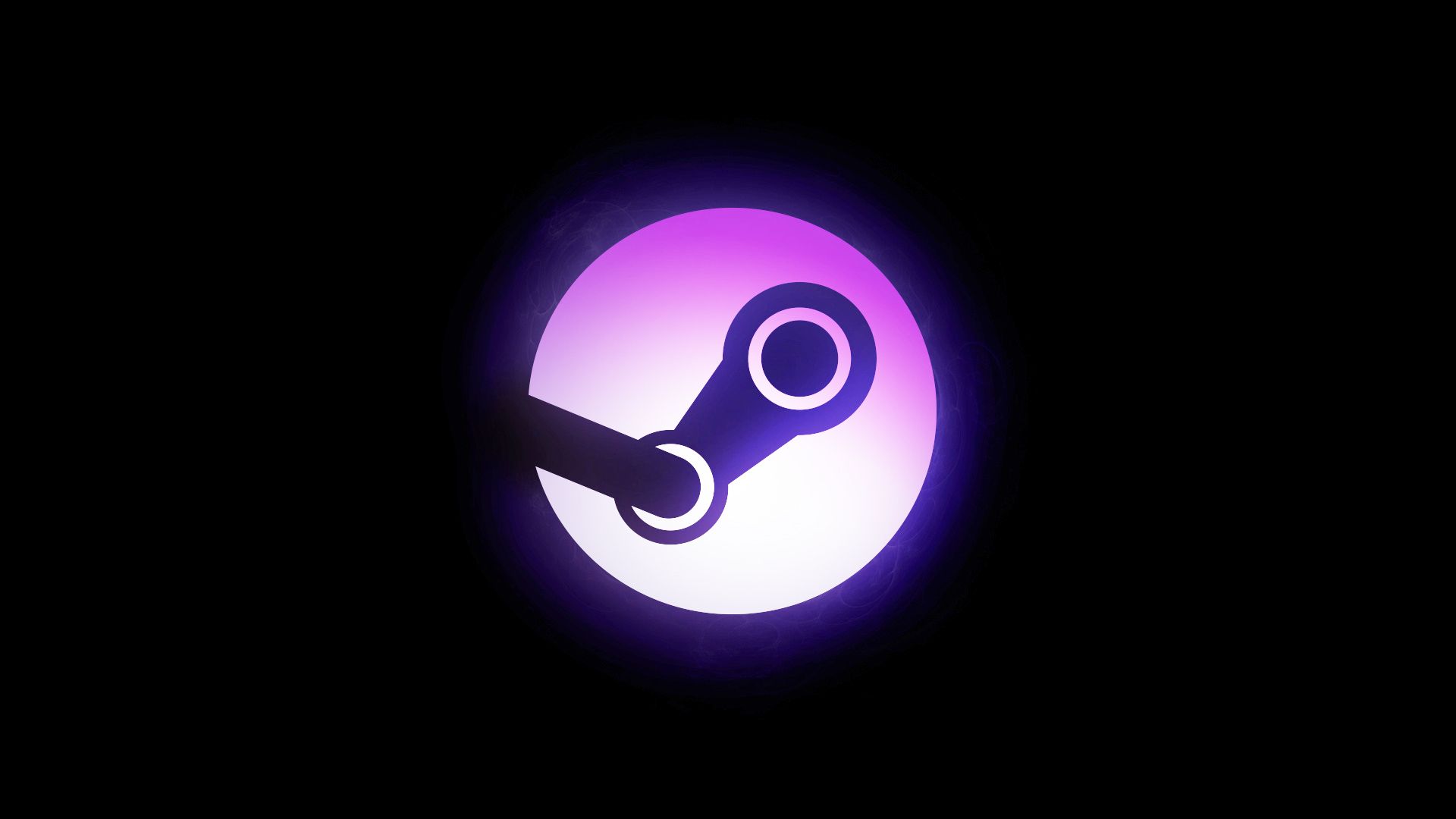Indie Excavation No. 4: The Triumph of Simplicity
Featuring: Deleveled, Heartseeker, Ceilless

One of the biggest challenges facing many indie games is that they often have a simple nature — simple graphics, simple storylines, simple (if cleverly implemented) mechanics. It makes it hard to stand out from the competition, let alone against the AAA titles that dominate the market.
But for the next few hundred words, we’re going to treat this as an advantage. One could say that these games are simple, but I prefer elegant.
As always, if you want to clue me in on an overlooked indie title, you can leave a comment here or send me a message on my site.
Watch the games in action:
Source: YouTube.
Deleveled
ToasterFuel — 2020 — $9.99
Every good puzzle-platformer has a gimmick that can be explained in a sentence or two and is immediately jolting. Deleveled is a platformer without a jump button. Surprising, right?
The controls in Deleveled are very simple: you move left, you move right, and that’s it. The key mechanic is momentum transfer. The player controls two colored squares that move in tandem. Each square has different gravity — one falls toward the bottom of the screen, the other “falls” toward the top. When they collide on either side of a platform, each one transfers its momentum to the other. This means that if one was stationary then it pops into the air to the same height as its counterpart, whereas if both were moving then they bounce off each other.
The goal in each level is to trigger a series of switches that activate a pair of level exit gates. Accomplishing this requires matched skills: The player needs to be clever enough to figure out how to hit all of the switches and skillful enough to land some rather precise maneuvers.
There’s a lot of game here, too. Deleveled has 100 standard levels and an additional 20 bonus levels that are unlocked by clearing levels without making mistakes or finding hidden switches tucked away in select levels. If you have any interest in puzzle platformers, there’s plenty to sink your teeth into here.
Heartseeker
Chris Farina — 2021 — $1.99
Then again, maybe two buttons is still too complex. How about a platformer controlled entirely with the mouse? There is a tiny subgenre known as the “click-based platformer,” where the goal is to navigate a level by dashing between surfaces. Heartseeker is one such game.
There is a plot in Heartseeker, a minimalist sort of story told through bits of prose in each level describing a cosmic horror known as the “living dungeon” and the ensouled self-swinging blade bent on its destruction. The plot is just a frame for the player’s objective: guiding the aforementioned blade through a tangle of spikes and moving platforms to cut through the fell heart at the end of each stage. The ultimate goal is to strike at the heart of hearts, a malformed thing covered in eyes (What’s the deal with games I feature having monstrous innards with superfluous visual organs?).
With 21 levels, Heartseeker is a very short game, but it’s not meant to be played just once. This is very much a score attack/speedrun kind of game, meant for people who like to challenge themselves and the world at large. If that’s you, then Heartseeker is well worth its tiny asking price.
Oh, and the music is fire.
Ceilless
Derin — 2021 — $2.99
Compared to the last two titles, Ceilless has a control scheme that’s downright complex. You have a little low-res man who can run and jump, as video game characters are wont to do, but you also have control over the level itself. At the press of a button, the player can rotate the entire map by 90 degrees, and this is the key mechanic.
As you might imagine, Ceilless is another puzzle game. The objective is to push a series of boxes onto gems, locking them in place. Once every box is locked, a door opens up, granting access to the next level (provided that you didn’t block off the only access route, of course). There are lots of little gimmicks that appear as the game goes on, enough to keep things fresh.
I’m not a big puzzle game fan, but Ceilless has one thing going for it that makes it easier to recommend. Most of the levels have more than one viable solution, so you can figure out how to clear them without having to read the designer’s mind. Shuffle the map around enough times and you’ll eventually figure out a way to get through, if only you found some wily little trick like pushing a block in midair.
